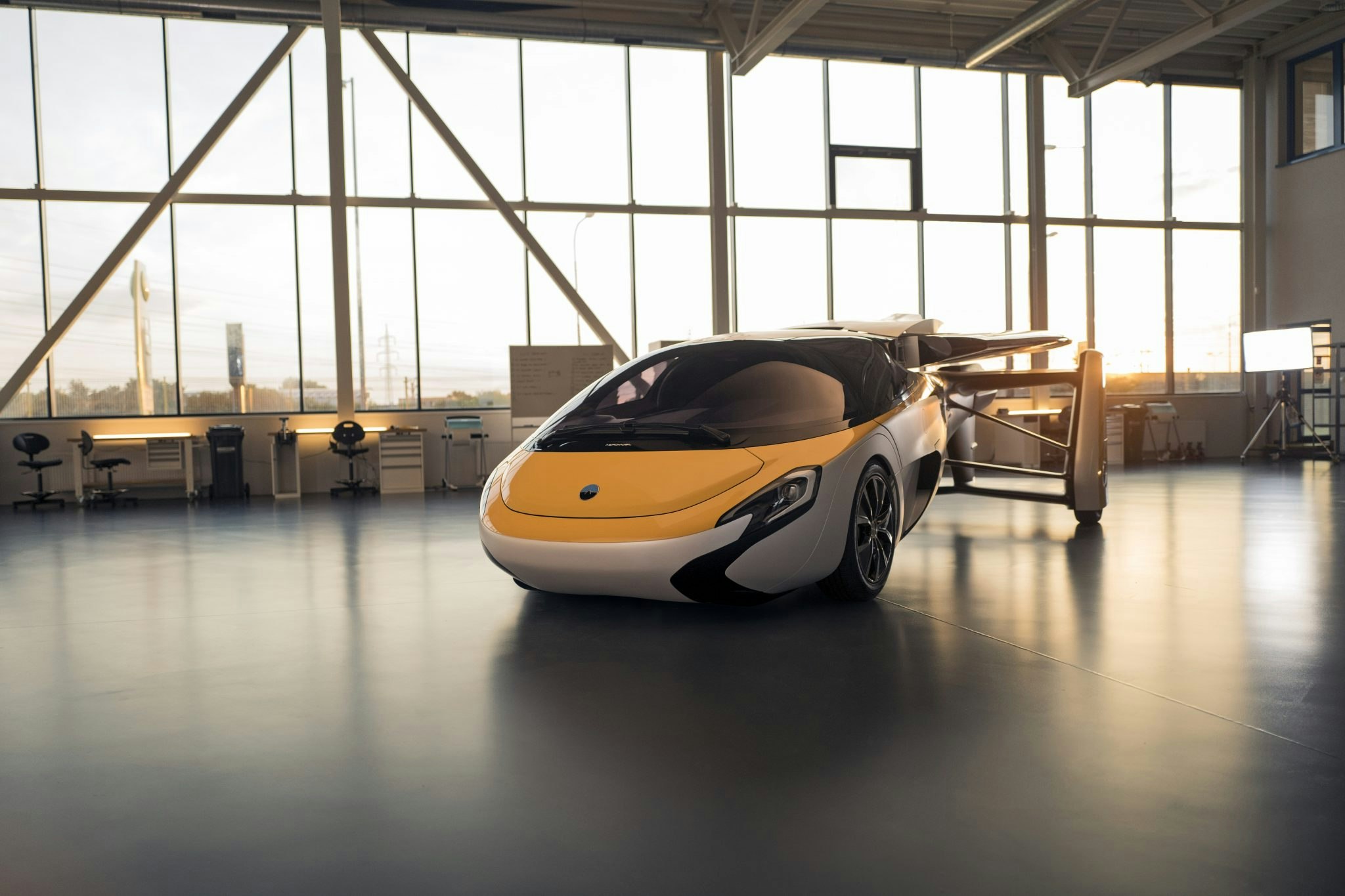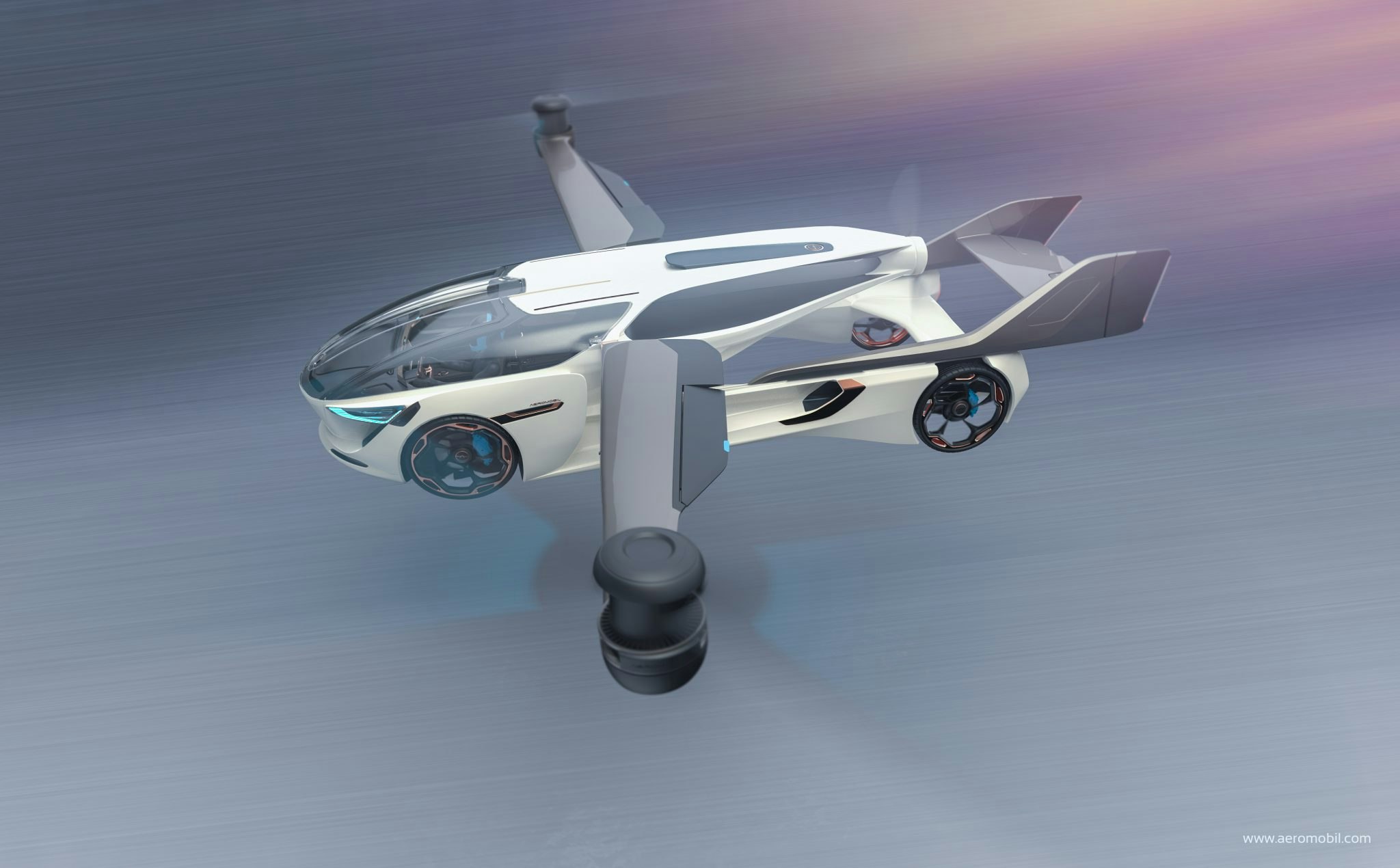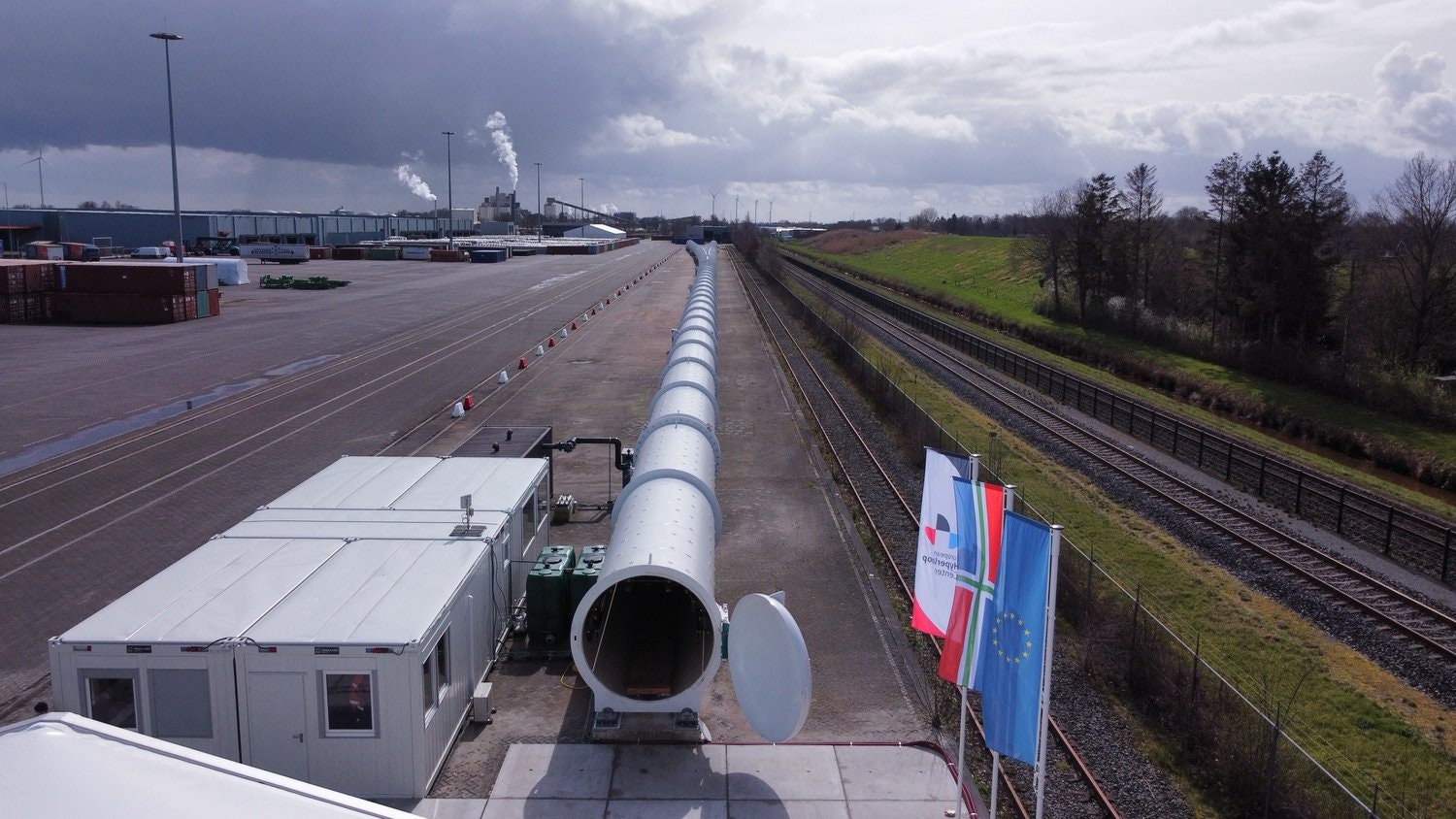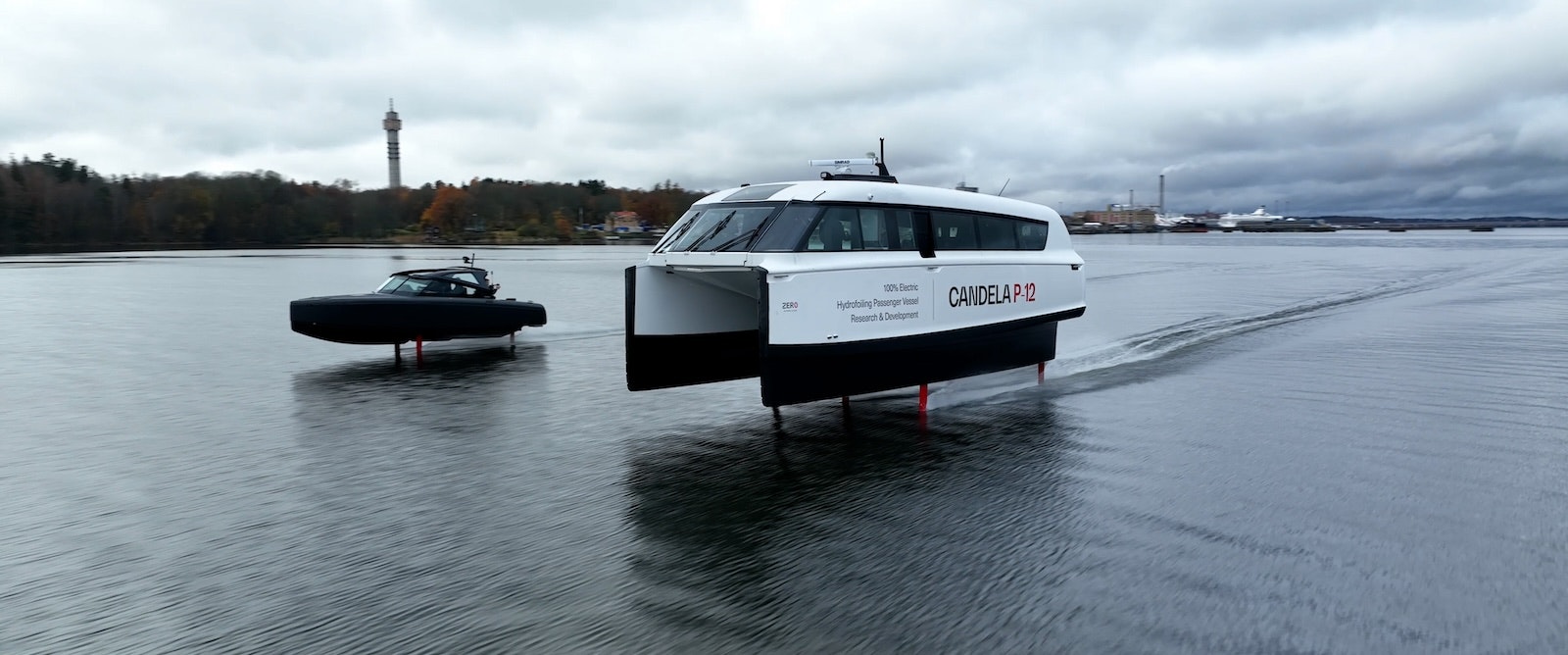AeroMobil is one of a handful of European startups looking to create a whole new category of transportation by developing flying cars.
But the Slovakian company is taking a very different approach from rivals such as Germany’s Lilium, which is trying to revolutionise the transport industry with a flying taxi platform for the masses.
AeroMobil, fundamentally, wants to start by making flying cars for the rich — not ordinary people. The first ones will cost more than €1.2m.
AeroMobil sees this as a surer way to become profitable. And it may get flying cars into the market a lot earlier than competitors — the end of 2021 is the date the company is aiming for.
Sifted asked Jonathan Carrier, AeroMobil’s vice president of corporate development, about the strategy:
Why is AeroMobil is taking such a different approach to flying cars?
It's really difficult to go from zero to hero. It's a lot easier to convert existing behaviour and than to create a new market from scratch. You need very deep pockets and the first mover isn't necessarily always the winner. We can look at a number of examples across many different industries where the first mover was also the first major failure.
Yes, I said profitable. Now there’s a surprising word from a startup.
We want to de-risk what we're doing so we can be profitable — yes, I said profitable. Now there’s a surprising word from a startup.
It is one thing to develop a concept car and another to develop one that you can sell, that’s reliable and ultimately comes to market.
We believe in a stepped approach because the technology regulation and the market are not quite in place yet.

What technology still needs to be developed?
The battery technology that exists today for road cars is insufficient. The current best state of the art technology generates 200 watt hours [of power] per kilogram [of battery], but you need it to be 400 watt hours per kilogram in order to make this viable. That's a significant step change.
Controlling thermal management is also crucial. The biggest issue when you're dealing with higher energy density is just the heat that is generated and how you control that.
That’s why we have a hybrid powertrain — it is a very efficient internal combustion engine that also acts as a generator to drive to electric motors. It is fully electric when it's on the road [and then petrol when it’s flying].
We think that's the best technology solution today. All the other major players agree that hybrid is the way forward particularly for short to medium distances, 50 to 250 miles. The hybrid model gives AeroMobil a range of 750 miles, the longest in the flying car space.
What about the design of the planes?
Our first two vehicles will have “fly drive” capability, which means it converts from a car to a plane — the wings take less than 3 minutes to fold. This gives you the convenience of travelling door to door — land your jet, convert it into a car and drive home.

But they don’t take off vertically, right?
No. There aren’t many helipads in cities. But there are hundreds of runways at small airports like Biggin Hill. That's why our first vehicle is actually what we call a short takeoff and landing jet. It means we can use what already exists.
We’ve also been the first to apply to the European Union Aviation Safety Agency, the regulatory body, for light aircraft approval. You can’t do that if you have a vertical takeoff jet because it doesn’t meet the existing regulatory requirement, so you are stuck in a waiting position while the regulations are being defined.

OK, so when can I get my flying car?
You can pre-order now and we are limiting it to 500 units. End of 2021 is the target for delivery.
But I need to be a millionaire to buy one?
Our first vehicle will be somewhere between €1.2m and €1.4m. Actually that is cheap if you compare it with a Bugatti Chiron — that is three times the price. We believe the performance and exclusivity that you get is the same level as a supercar.
Our first vehicle will be somewhere between €1.2m and €1.4m.
It will get cheaper over time. Tesla’s first vehicle, the Roadster was a very expensive, $250,000 two-seater sports car. That was a product to test the market and see how people interacted with it. Now they do a $35,000 vehicle. So fast forward 10 years, for AeroMobil, we could produce a €200,000 or €250,000 model.
Many of the other flying car companies have raised a lot of money. Are you keeping up?
We have so far raised $20m and we are raising more funding now.
We’re looking for investment from corporates and strategic investors. We want to turn AeroMobil into an innovation platform where we are bringing multiple corporates together, where they can use AeroMobil as the sandbox, as the innovation environment.
We’re also looking for VC money. But VCs have a different investment thesis — they have a fund and that fund has a maturation date and the question for this industry is: what is the timeframe for a return?

Are you worried about other big competitors — not just the startups but the big aviation companies that are moving into this space?
We sit in a perfect space. Aerospace companies cannot do this on their own because [it means producing jets] at a scale that they have not encountered before. Even Boeing makes just a couple of hundred aircraft a year.
Automotive companies, on the other hand, need to embrace a completely different way of thinking around a regulatory environment. A company like AeroMobil is extremely well-placed because we can bring those two worlds together.


